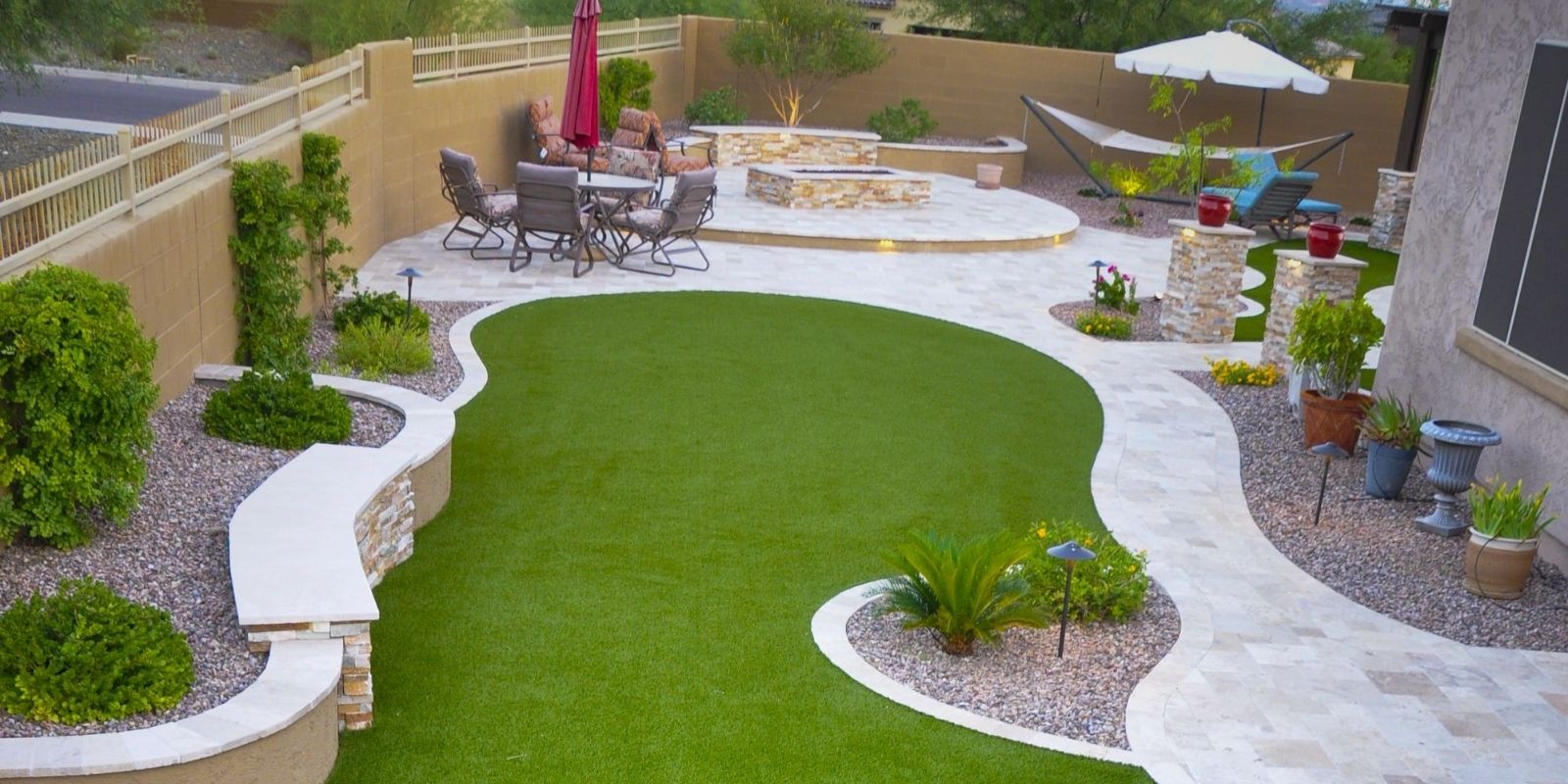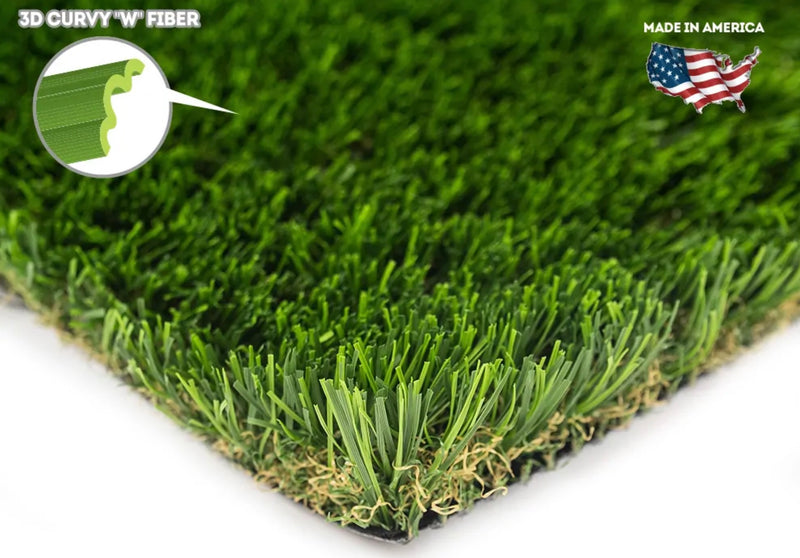Luxury Arizona Turf Installation Services for Homes and Commercial Properties
Luxury Arizona Turf Installation Services for Homes and Commercial Properties
Blog Article
Look Into the Environmental Conveniences of Opting for Synthetic Grass Solutions
The fostering of fabricated grass solutions presents an engaging opportunity to attend to pushing ecological challenges. By dramatically decreasing water usage and minimizing the application of damaging chemicals, these alternatives not just advertise lasting landscape design yet also shield local ecosystems. The lower carbon footprint connected with decreased upkeep tasks contributes to a much more sustainable strategy to land monitoring. The implications of these advantages expand past mere preservation initiatives, raising concerns concerning their long-lasting influence on environment preservation and total environmental equilibrium. Exploring these measurements discloses an intricate interaction worth thinking about.
Water Preservation Benefits
One of the most substantial advantages of fabricated grass is its capacity to preserve water. In contrast, fabricated turf does not need watering, considerably reducing the overall need for water sources.
By eliminating the requirement for routine watering, artificial lawn contributes to sustainable landscape methods and aids minimize the ecological impact of excessive water intake. The conservation of water expands to the reduction of drainage, which can lead to dirt disintegration and waterway contamination.
Additionally, the installation of synthetic turf permits homeowners and municipalities to designate water sources a lot more effectively, concentrating on essential usages such as alcohol consumption water and agriculture. The shift towards synthetic turf not only advertises responsible water usage yet also aligns with broader ecological objectives targeted at protecting natural resources.
As communities progressively focus on sustainability, the water preservation advantages of synthetic grass present an engaging case for its adoption in household and business landscape design tasks.
Lowered Chemical Usage
The change to artificial lawn significantly reduces the dependence on chemical treatments generally used in all-natural grass maintenance. Conventional turf management typically involves the application of plant foods, pesticides, and herbicides to promote growth and control pests. These chemicals can present threats to human health, neighborhood wildlife, and the atmosphere, adding to soil and water contamination.
On the other hand, man-made turf removes the need for these damaging substances. When set up, it needs minimal maintenance, mostly being composed of regular cleaning and irregular infill replenishment. This reduction in chemical usage not just benefits the prompt setting but likewise adds to more comprehensive eco-friendly security. By reducing the release of synthetic compounds into the ecosystem, man-made turf promotes healthier soil and water systems.
Additionally, the lack of chemical overflow connected with synthetic grass installations assists secure local rivers from air pollution, sustaining water life and preserving biodiversity. Arizona turf. As communities significantly prioritize sustainable techniques, choosing for synthetic grass presents a practical remedy that straightens with environmental preservation objectives. Through this shift, homeowner can take pleasure in lavish environment-friendly spaces without endangering environmental health, leading the method for a more lasting future
Reduced Carbon Footprint

Furthermore, the setup of synthetic grass can result in considerable water conservation. All-natural grass call for substantial amounts of water for watering, which not just includes in the carbon impact related to water extraction and therapy however additionally strains local water sources. In comparison, artificial turf requires minimal upkeep, calling for no watering, thereby significantly decreasing water usage and its linked power costs.
Additionally, the durability of fabricated turf adds to its decreased carbon influence. With a life-span of as much as 15 years or more, the need for regular replacements is lessened, resulting in much less waste and lower power intake in production and taking care of typical grass alternatives. Overall, synthetic grass offers a sustainable choice for ecologically aware landscape design.
Environment Conservation
Habitat conservation is an essential consideration in the argument over landscaping selections, particularly when comparing fabricated turf to natural yard. All-natural lawn lawns often call for substantial upkeep, consisting of making use of pesticides, plant foods, and herbicides, which can adversely influence regional ecological communities. These chemicals can leach find out here right into the dirt and waterways, hurting indigenous vegetation and fauna and interfering with regional environments.
Artificial grass removes the demand for damaging chemicals, thereby protecting neighboring wildlife and preserving the stability of surrounding ecological communities. The installation of fabricated turf can lead to the conversion of previous turf locations right into even more biodiverse landscapes, such as pollinator gardens or indigenous plant locations, which can sustain neighborhood wild animals.
Eventually, the change to man-made lawn not just saves water and lowers upkeep efforts but also fosters a more harmonious partnership in between human tasks and the native environment, promoting habitat preservation at the same time.
Long-Term Sustainability
Lasting sustainability is a crucial variable in examining the advantages of artificial lawn over standard grass lawns. One of the most significant advantages of synthetic grass is its toughness; it can last approximately 15-20 years with very little maintenance, whereas all-natural turf needs regular reseeding and replacement. This longevity lowers the demand for continuous sources, such as water, fertilizers, and chemicals, which are important for preserving a my company healthy and balanced turf yard.
Additionally, fabricated grass adds to a decrease in carbon exhausts connected with yard treatment devices. Standard lawns commonly need gas-powered lawn mowers, trimmers, and blowers, every one of which add to air contamination. Arizona turf. In comparison, synthetic turf eliminates the demand for such tools, advertising a cleaner setting
In addition, the manufacturing of synthetic grass significantly uses recycled materials, boosting its sustainability account. As manufacturers take on green techniques, the ecological footprint of synthetic grass remains to decrease.

Final Thought
The fostering of artificial lawn remedies provides substantial environmental benefits, consisting of significant water preservation, decreased reliance on damaging chemicals, and a reduced carbon footprint. Artificial turf aids in protecting all-natural habitats by decreasing land disturbance and advertising long-lasting sustainability through the usage of durable materials. Collectively, these aspects highlight the potential of artificial turf to add favorably to ecological health and supply a sensible alternative to typical landscape design methods in a progressively resource-conscious globe.
In contrast, man-made grass does not need watering, substantially minimizing the general need for water resources. By lessening the release of synthetic compounds into the community, artificial grass promotes healthier soil and water systems.
Additionally, the installment of fabricated grass can result in considerable water preservation. In comparison, fabricated grass needs minimal upkeep, requiring no watering, thus significantly lowering water use and its connected energy prices.

Report this page